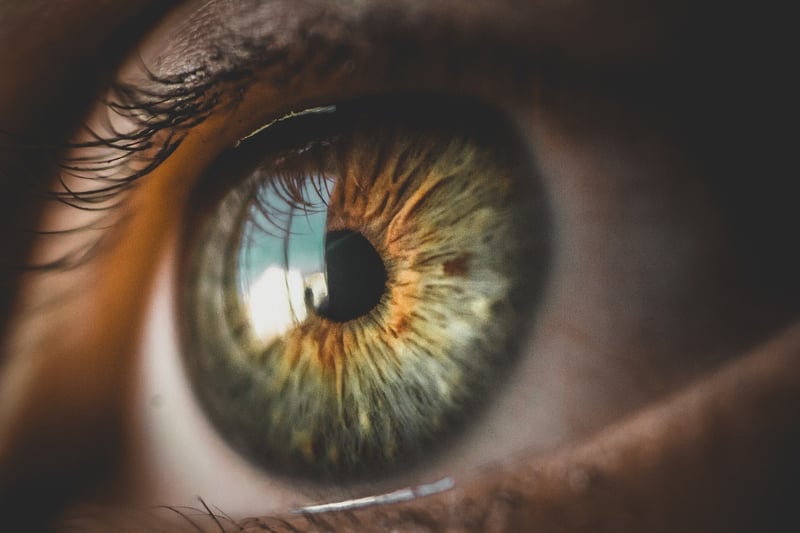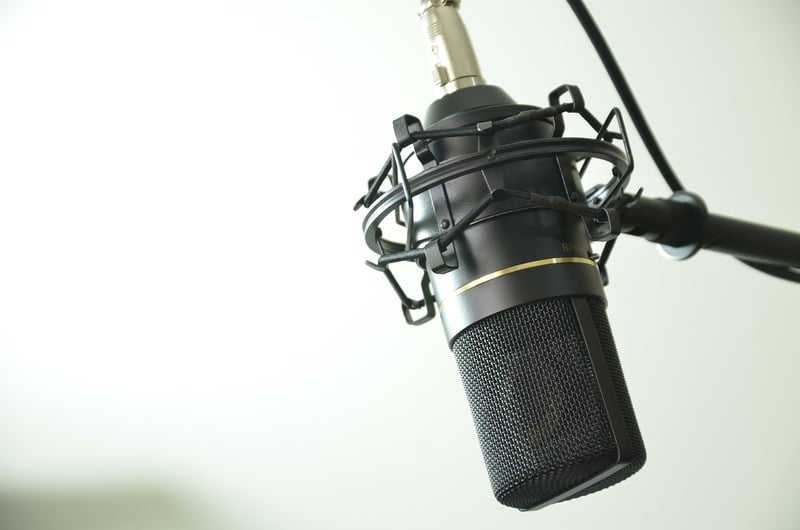Subtle Clues
Interpreting Silent Messages and Subtle Clues
Communication is not always verbal. Often, there are subtle cues and silent messages that convey a lot of information. Understanding these non-verbal signals can help you navigate social situations more effectively. Here are some tips to interpret silent messages and subtle clues:
Body Language
Pay attention to body language. It can reveal a person's true feelings and intentions. For example, crossed arms may indicate defensiveness or closed-off behavior, while leaning in suggests interest and engagement.
Facial Expressions
Facial expressions are another key indicator of someone's emotional state. A smile can signal happiness or friendliness, while furrowed brows may indicate confusion or concern.
Eye Contact
Eye contact plays a crucial role in communication. Sustained eye contact demonstrates confidence and attentiveness, while avoiding eye contact can signal discomfort or dishonesty.
Tone of Voice
The tone of voice can convey a range of emotions. A soothing tone may indicate reassurance, while a sharp tone could signal anger or frustration.
Intuition
Trust your gut instincts. Sometimes, you may pick up on subtle cues that you can't quite explain. Intuition can be a powerful tool in understanding unspoken messages.
Practice Active Listening
Being an active listener involves not only hearing the words spoken but also observing the speaker's non-verbal cues. This holistic approach can help you grasp the full meaning behind the message.
Conclusion
Mastering the art of interpreting silent messages and subtle clues can enhance your communication skills and deepen your understanding of others. By paying attention to body language, facial expressions, eye contact, tone of voice, and your intuition, you can become more attuned to the unspoken messages all around you.





